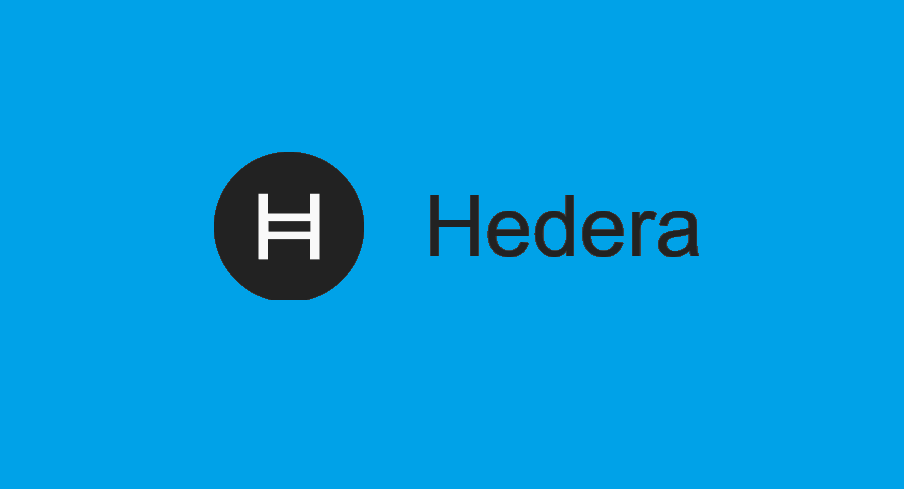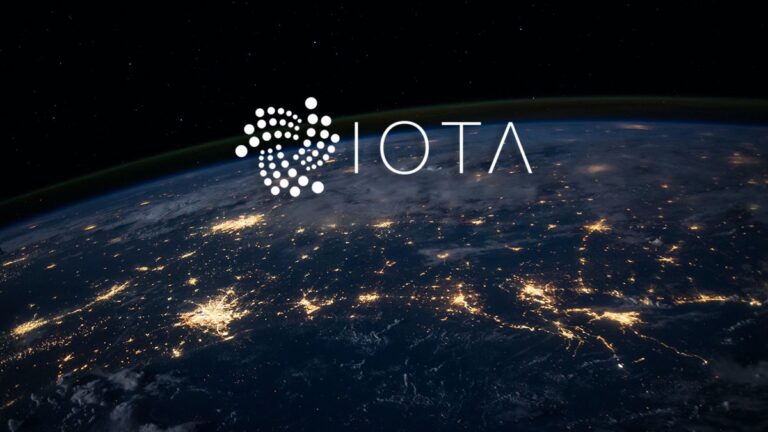
- Hedera Hashgraph is a high-speed, secure, and energy-efficient distributed ledger that uses a unique hashgraph consensus instead of traditional blockchain, with HBAR as its native token for powering transactions and network services.
- Its growing adoption, decentralized governance, and open-source development position it as a strong contender in the future of decentralized technologies.
In the ever-evolving world of digital currencies, Hedera Hashgraph stands out as a compelling alternative to traditional blockchain networks. Its native token, HBAR, powers a network designed for speed, security, and sustainability—qualities that are increasingly vital in today’s digital landscape.
What Is Hedera Hashgraph?
Hedera is a public distributed ledger that diverges from conventional blockchain architecture. Instead of organizing data into sequential blocks, Hedera employs a unique structure known as a hashgraph—a directed acyclic graph (DAG). This design enables the network to process thousands of transactions per second with minimal latency and low fees. The hashgraph consensus mechanism uses a “gossip about gossip” protocol, where nodes share information about transactions and their histories, leading to a consensus that is both fast and fair.
The Role of HBAR
HBAR serves as the fuel for the Hedera network. Users utilize HBAR to pay for transaction fees, deploy smart contracts, and store files. Additionally, HBAR tokens can be staked to network nodes, contributing to the network’s security and integrity through a weighted voting system.
Why Choose Hedera?
Speed and Efficiency: Hedera’s hashgraph technology allows for rapid transaction processing, making it suitable for applications requiring high throughput.
Security: The network achieves asynchronous Byzantine Fault Tolerance (aBFT), ensuring robust protection against malicious attacks.
Fairness: Hedera’s consensus mechanism fairly orders transactions, preventing manipulation and ensuring equitable access.
Sustainability: Unlike energy-intensive proof-of-work systems, Hedera’s proof-of-stake model is energy-efficient, aligning with environmental considerations.
Real-World Adoption
Hedera’s innovative approach has attracted significant attention. For instance, companies in supply chain and finance sectors have migrated to Hedera to leverage its capabilities for asset tokenization and transparent data sharing.
Governance and Open Source
Hedera’s governance is managed by a council of leading global organizations, ensuring decentralized decision-making and stability. In a major step forward, Hedera has also made its source code open and contributed it to the Linux Foundation, promoting transparency and community-driven development.
Hedera Hashgraph and its HBAR token present a compelling case for those seeking a fast, secure, and sustainable platform for decentralized applications. With its unique architecture and growing ecosystem, Hedera is poised to play a significant role in the future of digital finance and beyond.
DISCLAIMER:
The views and opinions expressed herein are solely those of the author or advertiser and do not necessarily reflect the views of the publisher. The publisher does not endorse or guarantee the accuracy of any information presented in this article. Readers are encouraged to conduct further research and consult additional sources before making any decisions based on the content provided.




